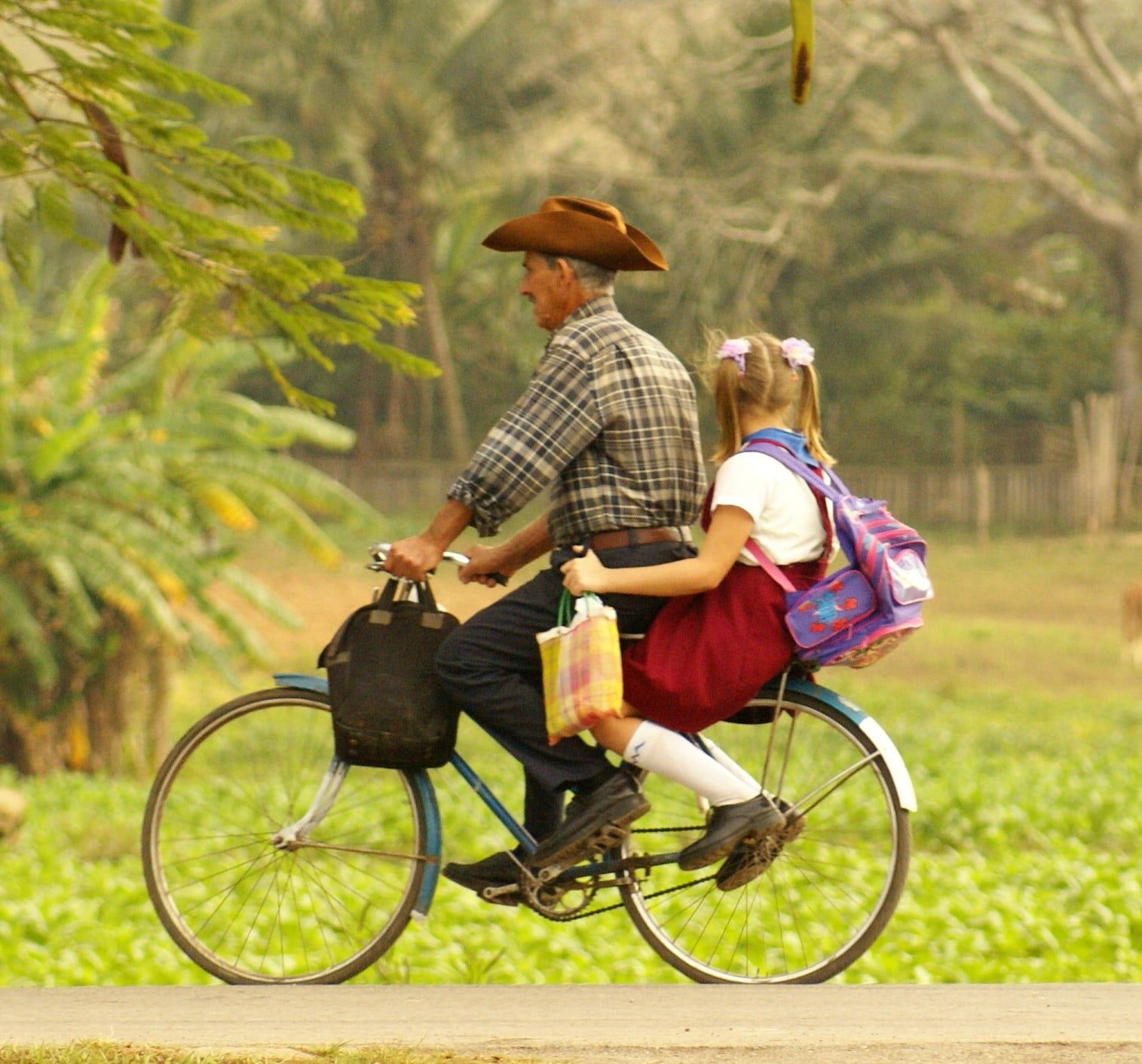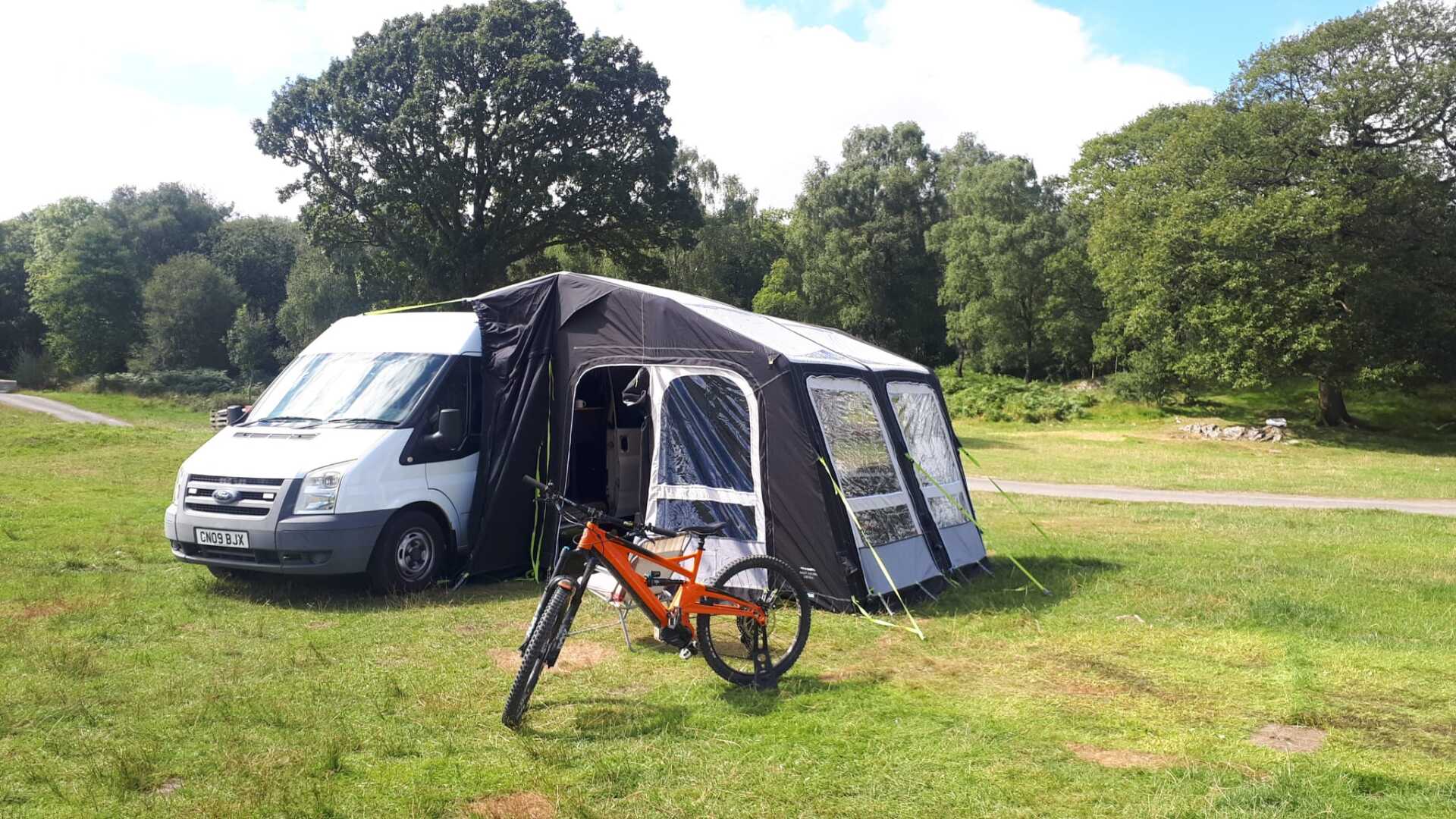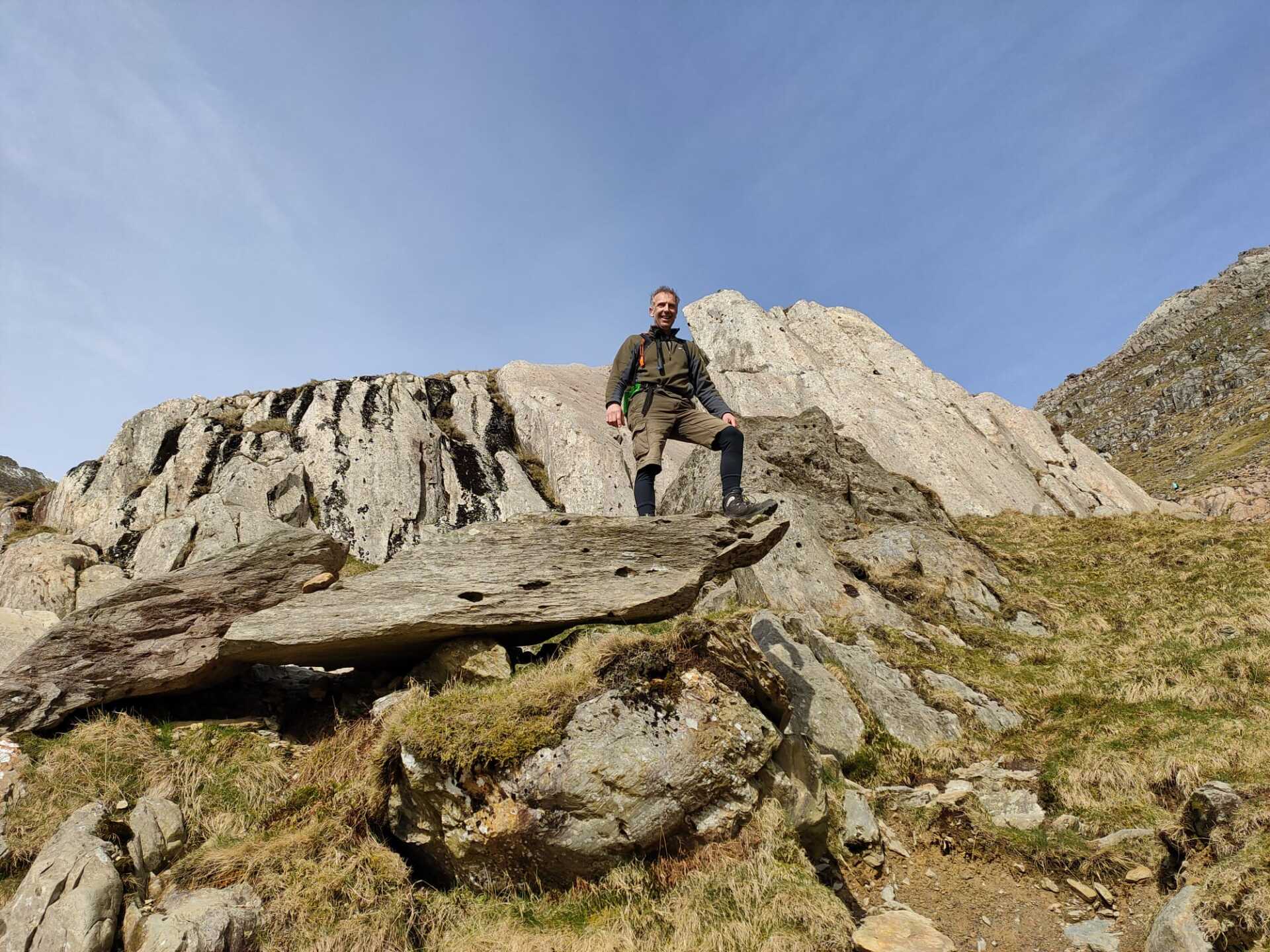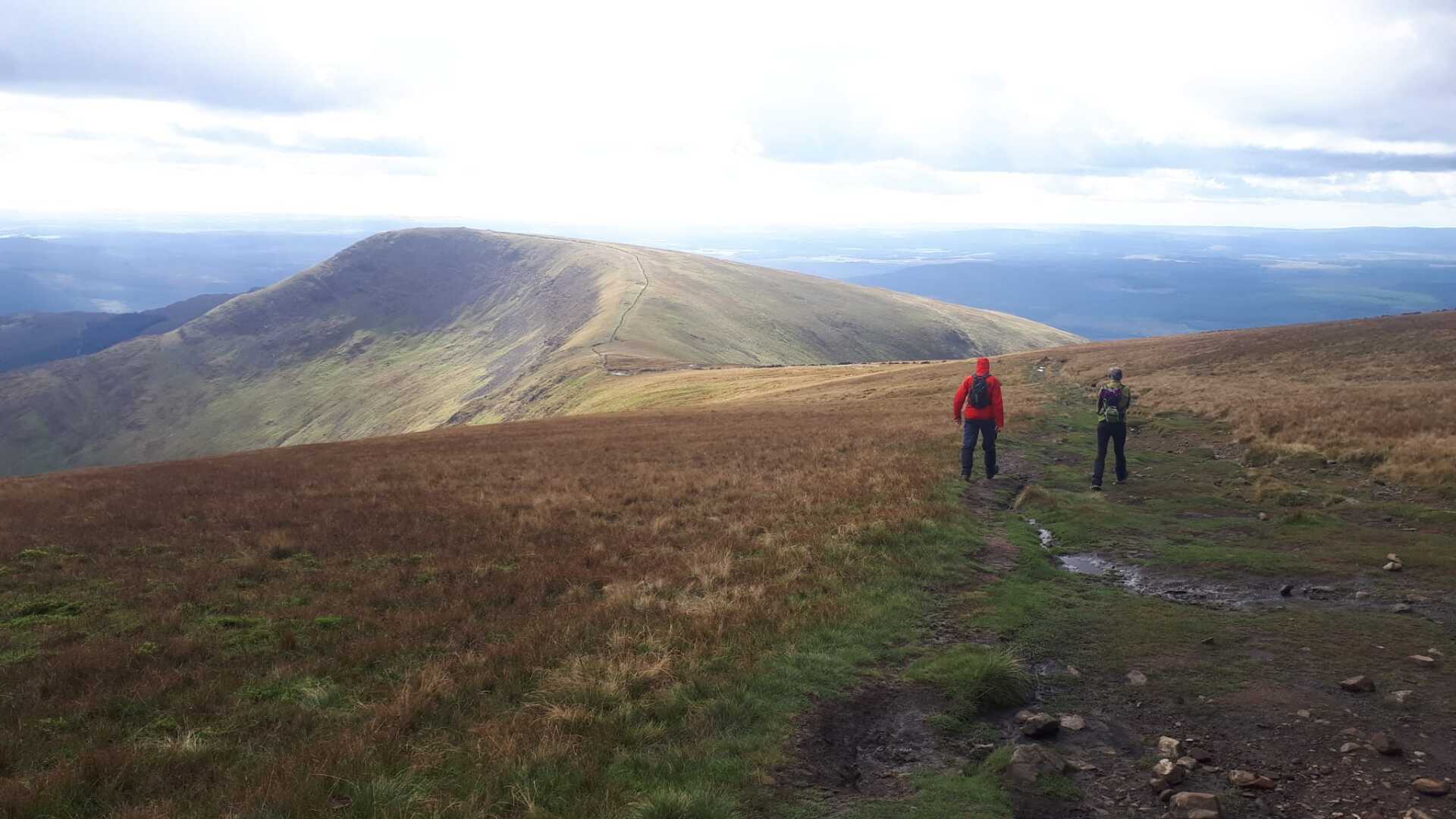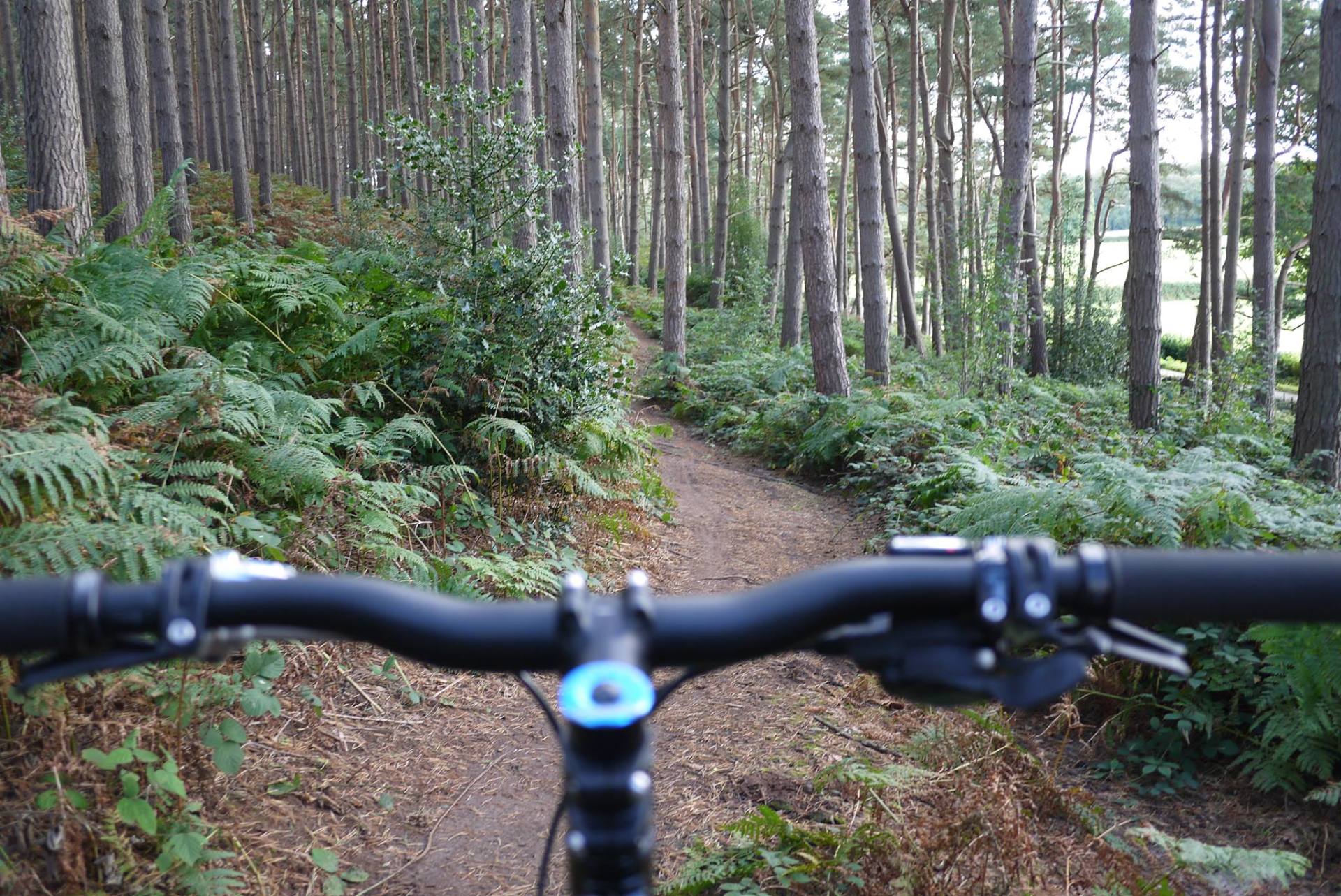EcoFlow RIVER Pro Portable Power Station and 110W Solar Panel
I have now brought a portable battery, to use in my campervan and to hookup to my conservatory, as a second source.
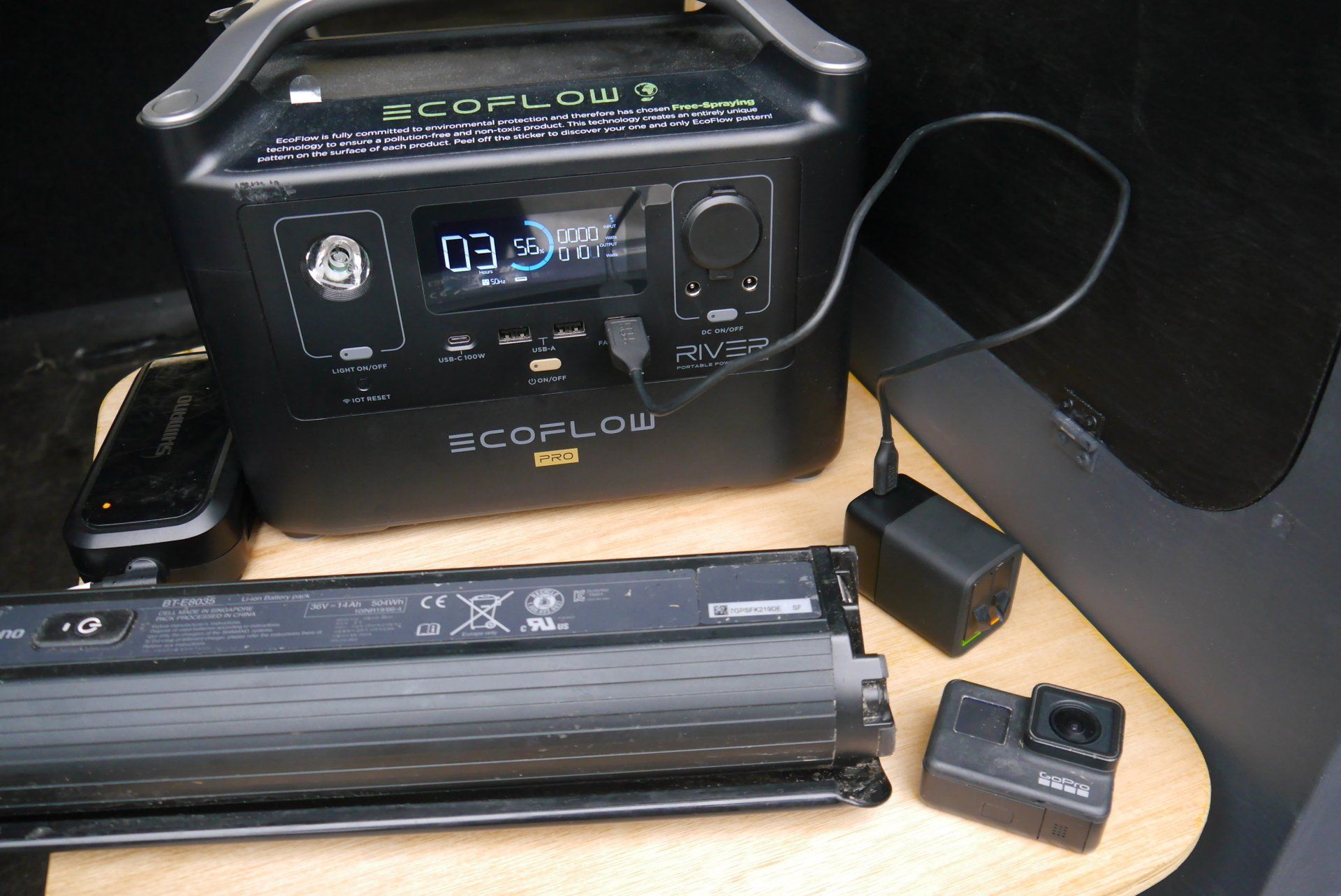
EcoFlow RIVER Pro Portable Power Station Output: 600W. Using 101 watts to charge a 500 W Shimano e-Bike battery and two GoPro batteries.
Charging the power station is easy, from the leisure battery in my campervan when driving or from 110 W solar panel. (With the option of using 2 x 110 W panels)
I brought this battery to be a little self-sufficient when wild camping. Also, allows me to charge laptop and the phone for working remotely on longer trips away. I went for the EcoFlow over other makes as it charges quickly.
The solar battery, is light weight and easy to store in the camper.
An extra battery can be added, to double the capacity. For now this works great to my needs and I will review if an upgraded is required.
BIG SIDE NOTE: Before buying any lithium batteries, do your research to how its extracted, how its being shaped by the globalist as climate crisis, that does not benefit the world and its people:
While we want to do good to our planet. My opinion on climate change, if it is for the greater good and honest, it would not need to be forced on anyone. Ask questions and research all you are being told from both sides. By being aware, you can make better decisions. Toxins in our water system and in the air with breath, is a bigger danger to humanity and our wellbeing.
"Stay connected to the great outdoors"
In a normal 1,000-pound Li-ion EV battery, there is about 25 pounds of lithium. Since lithium brines typically contain less than 0.1% lithium, about 25,000 pounds of brines are needed to get the 25 pounds of pure lithium. This is mainly extracted from Tibet and the highlands of Argentina-Bolivia-Chile (according to the U.S. Geological Survey, 58% of the world’s lithium reserves are found in Chile) known as the “lithium triangle.” Lithium production in Tibet results in dead, toxic fish, and carcasses of cows and yaks floating down the Liqi River. The Ganzizhou Rongda Li mine in Tibet has thoroughly poisoned this river.
Similarly, native peoples in the lithium triangle face contaminated streams needed for human consumption, livestock watering, irrigation systems with mountains left desolate over discarded salt from the lithium brining process. A report titled, “COMMODITIES AT A GLANCE Special issue on strategic battery raw materials” issued in 2020 by the United Nations Conference on Trade and Development explained: “Indigenous communities that have lived in the Andean region of Chile, Bolivia and Argentina for centuries must contend with miners for access to communal land and water. The mining industry depends on a large amount of groundwater in one of the driest desert regions in the world to pump out brines from drilled wells. Some estimates show that approximately 1.9 million litres of water is needed to produce a tonne of lithium. In Chile’s Salar de Atacama, lithium and other mining activities consumed 65 per cent of the region’s water. That is having a big impact on local farmers – who grow quinoa and herd llamas – in an area where some communities already must get water driven in from elsewhere.” Source:- https://www.zerohedge.com/energy/joe-bidens-electric-car-plans-support-worlds-worst-humanitarian-abuses
Useful Links:
